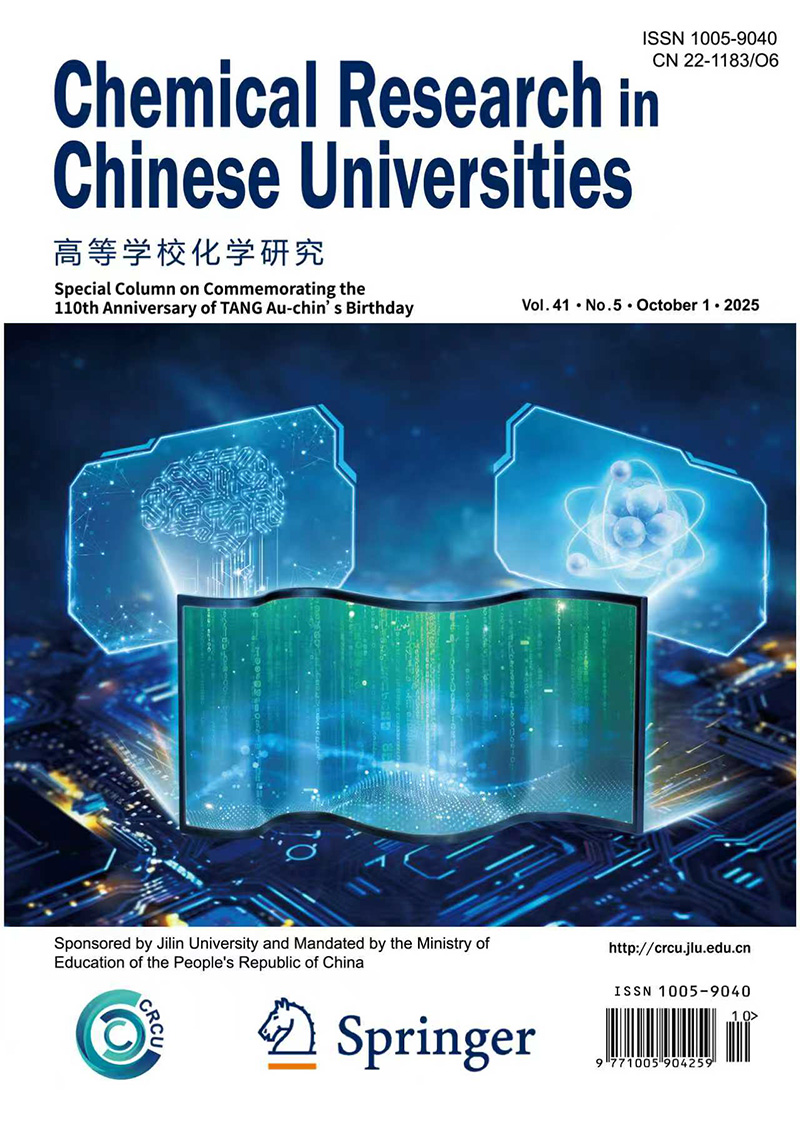Two new piperazine templated lanthanide sulfates (C4N2H12)1.5[Ln(SO4)3(H2O)]·H2O[Ln=Gd(1), Tb(2)] have been synthesized solvothermally and structurally characterized by single crystal X-ray diffraction(XRD), infrared(IR) spectroscopy, thermal analysis, fluorescent spectra and inductively coupled plasma(ICP). Single crystal X-ray diffraction reveals that both compounds 1 and 2 crystallized in the monoclinic crystal system, with space group P21/c and cell dimensions: a=0.64468(19) nm, b=2.9979(9) nm, c=0.9818(3) nm, β=101.271(4)°, V=1.8608(10) nm3, Z=4 for compound 1; a=0.64259(19) nm, b=3.0010(9) nm, c=0.9812(3) nm, β=101.229(4)°, V=1.8560(10) nm3, Z=4 for compound 2. Compounds 1 and 2 are isomorphous and have similar 2D corrugated inorganic frameworks fabricated via the connection of single chains and S2O4 groups, while fully protonated piperazine cations and water molecules are located between the inorganic layers. The solid state luminescent properties of compound 2 were investigated and it displayed a typical luminescent property of Tb3+ with excitation wavelength at 371 nm.

